Thien Mu pagoda
If Hanoi has One-pillar pagoda, Hue is renowned for its Thien Mu pagoda. The architecture, location and history makes Thien Mu pagoda among the top attractions to see in Hue.
.jpg)
The pagoda is located at the end of Kim Long Road, in Huong Long Ward, on the northern bank of the Perfume River.
There are many legends about Thien Mu Pagoda (also known as Linh Mu Pagoda). Once upon a time, local residents saw an old lady in red appear every night on top of the hill. She foretold that: one day, the Lord would pass by and build something of great importance. From then on, the hill was named Thien Mu Son (Mountain of Lady from Heaven). When Lord Nguyen Hoang actually went pass the hill, he heard the legend and decided to build a pagoda and named it Thien Mu. Having gone through a lot of eventful phase, damages as well as renovations, today the pagoda still exists and remains the unofficial symbol of the ancient city Hue.
.jpg)
As tourists approach the pagoda, what seizes their attention first is the seven-storey octagonal tower named Phuoc Duyen Tower (formerly Tu Nhan Tower). Built in mid-19th century by King Thieu Tri, the tower was to commemorate the 80th birthday anniversary of his grandmother.
Passing the 3-door gate are 12 huge wooden sculptures of fearsome temple guardians and then in the middle of the area is where Dai Hung Palace – the main sanctuary of Thien Mu Pagoda, is located. Here, Buddha is worshipped with impressive sculptures and a giant bell, measuring 2.5m in height and 2 tons in weight, created since early 18th century. Fragrant incense smoke fills the air there all day long, making the praying for blessings calm and peaceful.
A building near the rear of the complex houses a national relic: the car which carried the monk Thich Quang Duc to the intersection of Phan Dinh Phung and Le Van Duyet streets in Saigon on June 11th 1963, where he burned himself to death in opposition to the anti-religion policy of Saigon’s regime at that time.
Coming to this prestigious sightseeing, visitors can enjoy both the scenery landscape and the typical traditional architecture of Hue pagodas. Thanks to its high position upward a charming curve of Perfume River, the pagoda offers a mind-boggling view of both the flow and the surrounding areas. Covered with pine trees, bonsai and delicate manmade pond, this religious site brings about a peaceful feeling which is hard to find anywhere else.
.jpg)
Thien Mu Pagoda is about 4km from Hue City Center, thus you can get here by: motorbike, bike, as well as boat. A boat trip can also include visiting Hon Chen Temple and Minh Mang Tomb. A bike-trip is recommended, since the road is very scenic and rather short. Travellers can also combine a trip to Thien Mu Pagoda with Hue Temple of Literature and Huyen Khong Pagoda, which are just a few km away. One remind for those who are fond of bike: a perfect ride should be in early morning or late afternoon to avoid the heat of Hue.
The site opens daily from early in the morning till 5PM. It’s suggested that tourists should come here early in the morning to see the fresh beginning of daily activities in the pagoda, or at sunset when the sky and the river combines to create a picturesque scene.
On special occasions such as 15th of April and July of Lunar Calendar or at Tet Holiday, the pagoda is more crowded and has several unique ceremonies that visitors may be interested in. These are also the time when visitors can have the most traditional and delicious vegetarian food in the city. Tourists can freely join these meals.
Tips
Avoid wearing tight and short clothes like short skirts when visiting the pagoda, since entrance to the main hall Dai Hung is not allowed for those wearing these costumes. Also, don’t make noise when visiting the pagoda.
See more
-
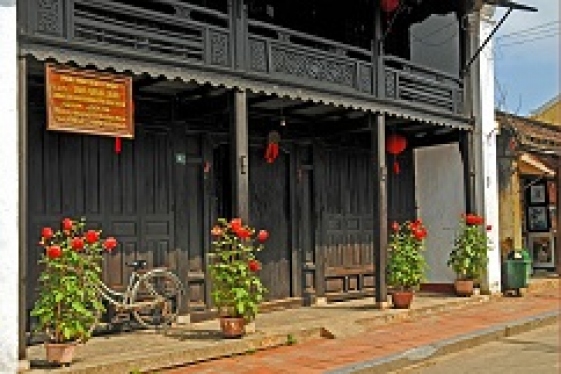
Old Houses in Hoi An
Old houses in Hoi An hide a long history inside. These houses were featured strikingly by the length, lying close together in the wide and airy lanes. To learn about Hoi...
-

Star beach - the most beautiful beach in Phu Quoc
Star beach is one of the most beautiful beaches in Phu Quoc with a wild beauty, white sand with stretches, clear blue sea all year around. It a great place to relax in...
-
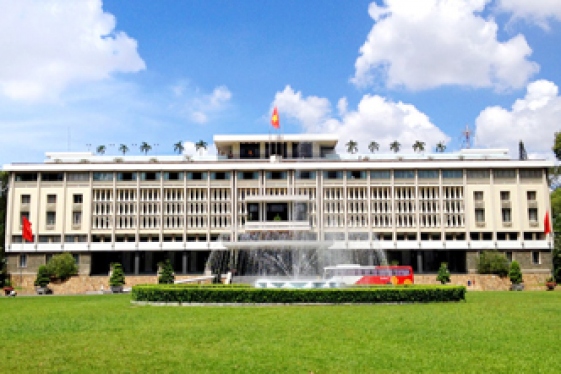
Reunification Palace
Reunification Palace is (known as Independence Palace) the famous historical witness which passed through the two fierce wars against the French and American...
-
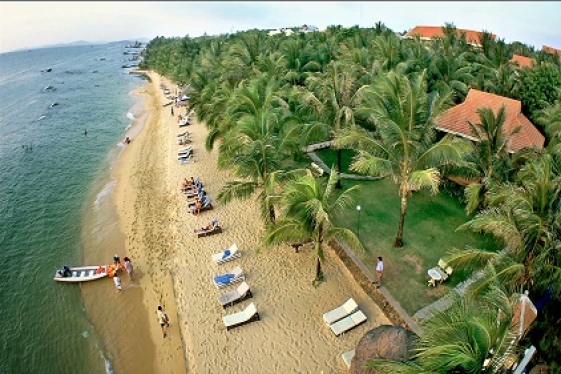
Back beach (Bai Sau)
Back beach in Vung Tau is also known as Thuy Van beach, has a charming landscape, large space, with a wide spread out and fine sand. So the major of tourists traveling to...
-
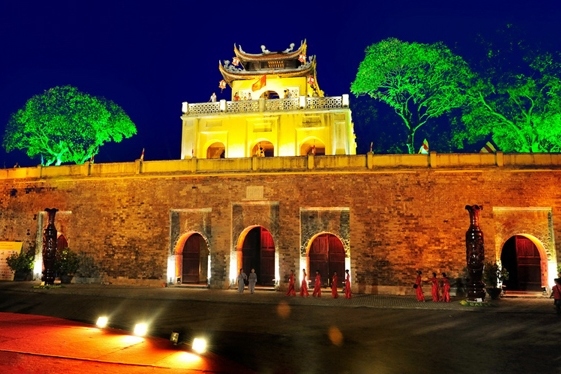
Imperial Citadel of Thang Long
The Imperial Citadel of Thang Long is an outstanding place of interest not only for the Hanoi but also for the country as a whole and was inscribed on the World Heritage List...
-
.jpg)
Hoi An Museum of History & Culture
Where the Thu Bon River flows directly into the East China Sea, Hoi An was once one of the major Asian trade hubs. From the 16th to 18th century merchants visited from across...
-
.jpg)
Fansipan mountain Sapa
The Mount Fasipan is located in Lao Cai province, about 9km southwest of Sapa town. It belongs to the mountain range Hoang Lien Son, located in the northwest of Vietnam and...
-
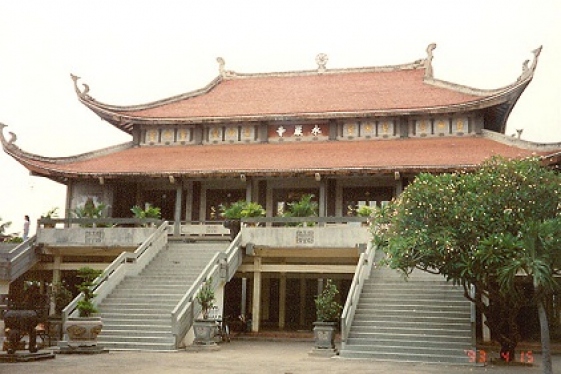
Giac Lam Pagoda
Giac Lam Pagoda, built in 1744, is the oldest Buddhist temple in Ho Chi Minh City and as such was listed as an important historical site by the Vietnamese Department of...
-
.jpg)
Fifth Military Division Museum of Da Nang
The Fifth Military Division Museum of Da Nang was built in 1977, offering visitors a glimpse of Vietnam’s tumultuous past with extensive displays of war relics, news...
-
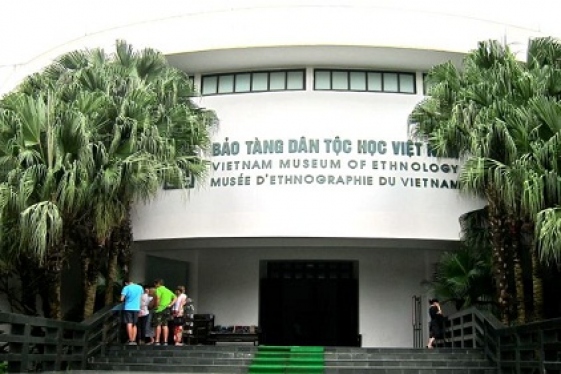
Vietnam Museum of Ethnology
This is the most recent yet probably the largest and undoubtedly the most interesting Museums in Hanoi and Vietnam.
Destinations
Most popular tours
-
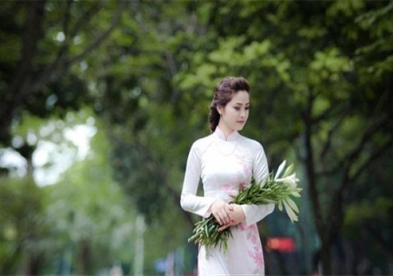
Waking up with HANOIANS
Price from: 13 US$
-
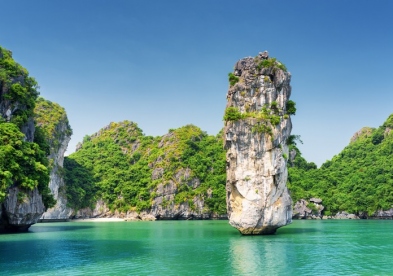
Halong Bay Cruise 1 Day
Price from: 43 US$
-
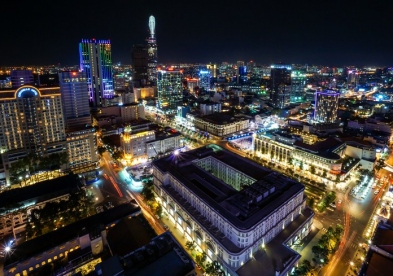
Soft Through Vietnam
Price from: 440 US$
-
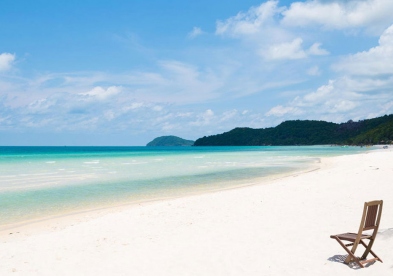
Vietnam beach vacation
Price from: 1.250 US$
Business info
Vietnam Local Guide
- Address: 18th Floor, VTC Online Tower, 18 Tam Trinh Str.,Hai Ba Trung Dist., Hanoi, Vietnam
- Email: info@vietnamguider.com
- Phone: (+84) 0904989890
- Hotline: (+84) 0904989890